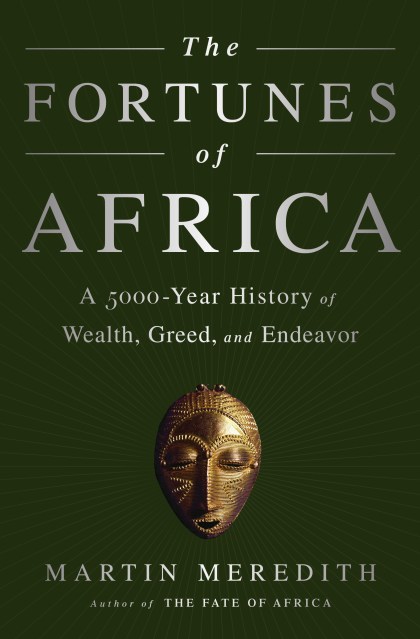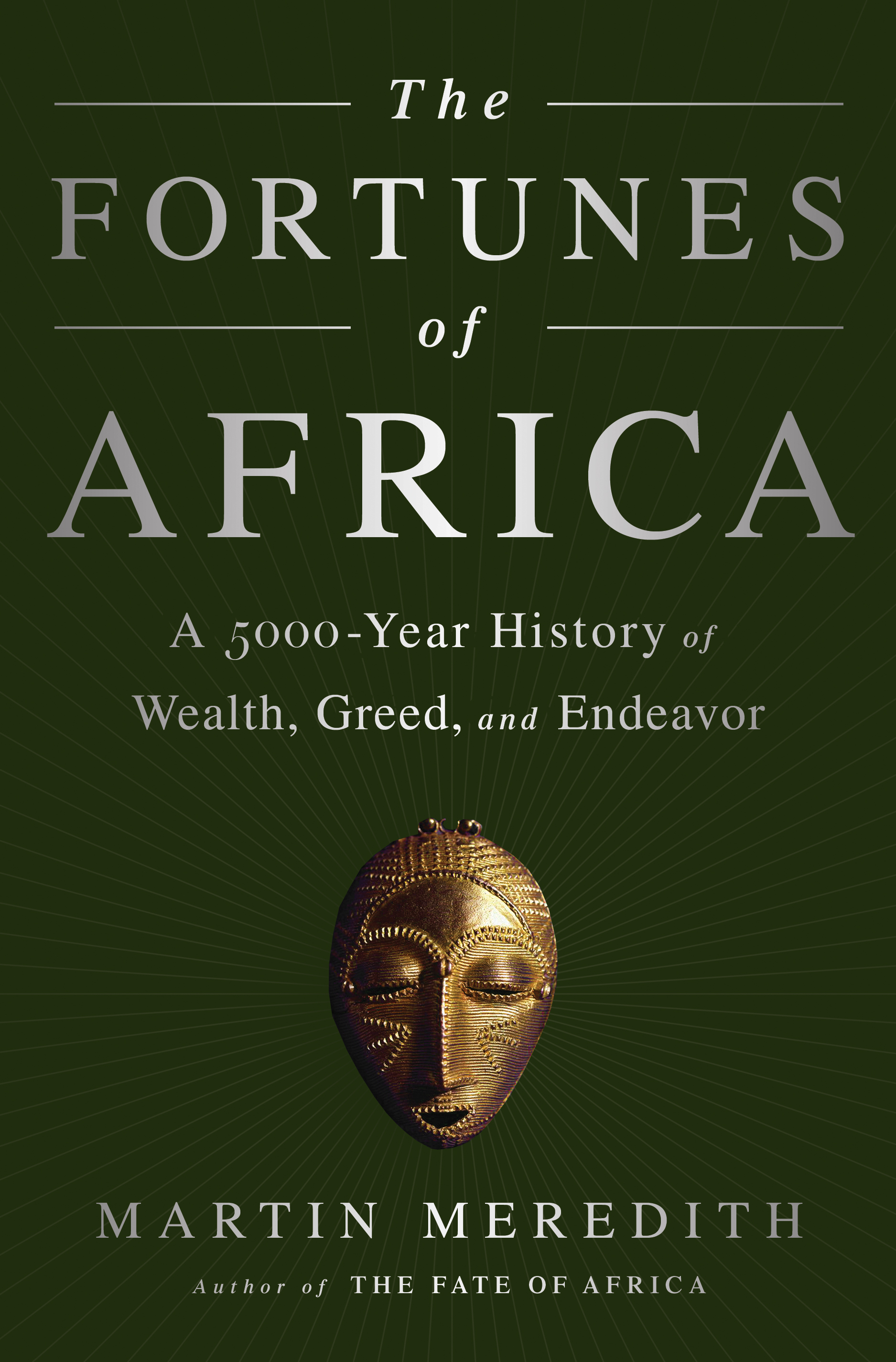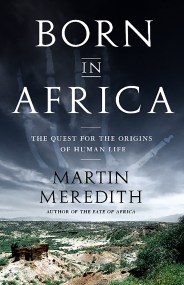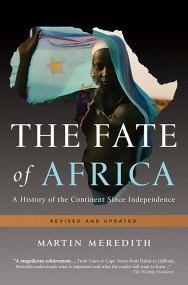Promotion
Use code MOM24 for 20% off site wide + free shipping over $45
The Fortunes of Africa
A 5000-Year History of Wealth, Greed, and Endeavor
Contributors
Formats and Prices
Price
$17.99Price
$22.99 CADFormat
Format:
- ebook $17.99 $22.99 CAD
- Hardcover $55.00 $70.00 CAD
- Audiobook Download (Unabridged)
- Trade Paperback $24.99 $30.99 CAD
This item is a preorder. Your payment method will be charged immediately, and the product is expected to ship on or around October 14, 2014. This date is subject to change due to shipping delays beyond our control.
Also available from:
Africa has been coveted for its rich natural resources ever since the era of the Pharaohs. In past centuries, it was the lure of gold, ivory, and slaves that drew merchant-adventurers and conquerors from afar. In modern times, the focus of attention is on oil, diamonds, and other rare earth minerals.
In this vast and vivid panorama of history, Martin Meredith follows the fortunes of Africa over a period of 5,000 years. With compelling narrative, he traces the rise and fall of ancient kingdoms and empires; the spread of Christianity and Islam; the enduring quest for gold and other riches; the exploits of explorers and missionaries; and the impact of European colonization. He examines, too, the fate of modern African states and concludes with a glimpse of their future.
His cast of characters includes religious leaders, mining magnates, warlords, dictators, and many other legendary figures-among them Mansa Musa, ruler of the medieval Mali empire, said to be the richest man the world has ever known.
Genre:
-
"Mr. Meredith artfully weaves together exploration, trade, and geography in a narrative that is both detailed and arresting.... [He] leaves the reader bursting with a wealth of facts."The Economist
-
"Even the longtime specialist is likely to learn lots of things because of the extraordinary amount of ground the author covers."Howard French, Wall Street Journal
-
"This is the new standard against which future histories will be considered."Publishers Weekly, starred review
-
"A gripping tale of insatiable greed-personal and collective."Booklist, starred review
-
"[A] broad-ranging history of Africa from the age of the pharaohs to the present, with a solid emphasis on economics...richly detailed...a useful study."Kirkus Reviews
- On Sale
- Oct 14, 2014
- Page Count
- 784 pages
- Publisher
- PublicAffairs
- ISBN-13
- 9781610394604
Newsletter Signup
By clicking ‘Sign Up,’ I acknowledge that I have read and agree to Hachette Book Group’s Privacy Policy and Terms of Use







